Log in or create new account to save this product to your wishlist.

Gardening in March: A Comprehensive Guide
March, the prime time for gardening jobs. Start planting and sowing to prepare your garden for sunny spring days. Explore our gardening calendar for March.
🌱 All important maintenance moments for your lawn during the year. Leave your email and we will send you the lawn calendar for free.
Enter your email
Receive the lawn calendar in the mail
Enjoy a green lawn all year round!

- Order by 2PM = shipped today
- 250.000+ satisfied customers!
- 60 day satisfaction guarantee
As we step into March, thoughts turn to gardening with the anticipation of more sunlight and milder days. As the first month of meteorological spring, it offers the promise of forthcoming warmer weather. While winter fades, March can still offer glimpses of frost or snow. Interestingly, some parts of the UK are more likely to witness snow in March than in December, the initial winter month. Stay prepared for the unpredictable weather as we delve into essential gardening jobs for March!
Seeds to sow in March
March is the perfect time for planting a variety of seeds. Some do well directly outside, while others benefit from starting indoors until the frost risk is lower.
For sturdier plants, try planting directly outdoors after checking soil temperature with a thermometer. Use cloches or cold frames to protect seeds from harsh weather. Hardy annuals, like those in ‘poor’ soil, do best with no extra fertilisation. Half-hardy annuals, such as dahlias and cleome, along with perennials, thrive when initially planted under glass and later moved to fertile soil post-frost.
March is also a great month for sowing wildflowers. Sow them anytime from March to October and enjoy blooming 60-80 days later. If you sow in early spring (March/April), you are planting for summer flowers. Early autumn (September/October) sowings result in early spring blossoms.
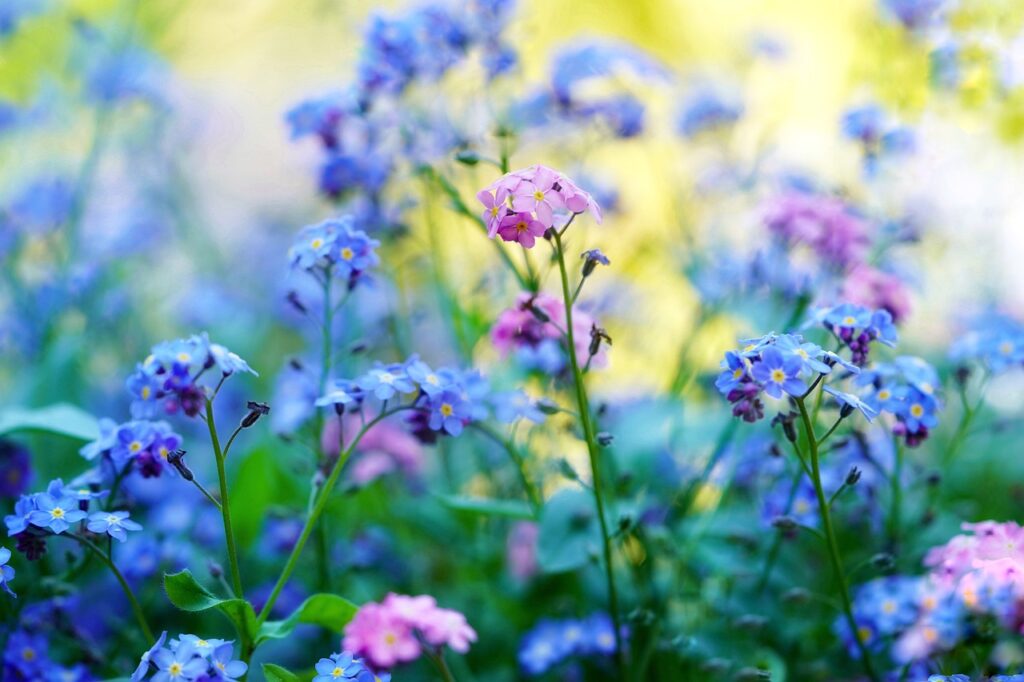
What to plant in March
In March, kickstart your summer blooms by planting lilies indoors. Opt for a moist, soilless mix for a healthy start. Pot up stored bulbs like begonias, dahlias, and calla lilies. Make sure they receive enough light.
For plants like caladium, elephant ears, tuberous begonia, keep them warm until new growth appears. Once they show signs of growth, gradually transition them under grow lights. Introduce them to warm weather conditions before placing them outdoors.
Vegetable garden in March
It’s time to get those cool-weather veggies into the soil—carrots, beetroots, kale, leeks, broccoli, horseradish, chicory, turnips, spring onions, peas, shallots, and parsnips. Enrich your soil with organic matter for an extra boost for your vegetable garden.
March marks the last opportunity for planting bare-root fruit trees and bushes. It’s also an ideal time for planting bare-root strawberry runners, asparagus crowns, Jerusalem artichokes. Make sure that these plants are planted in well-prepared soil with proper drainage to support healthy root growth.
Now, let’s talk herbs. Whether you’re doing it indoors or in a greenhouse, it’s time to prep basil, dill, parsley, chives, and coriander. The tough herbs can handle the cooler temperatures, but the delicate ones like basil and coriander need some extra care until later in the year. Hold off on their outdoor debut until May for optimal growth.
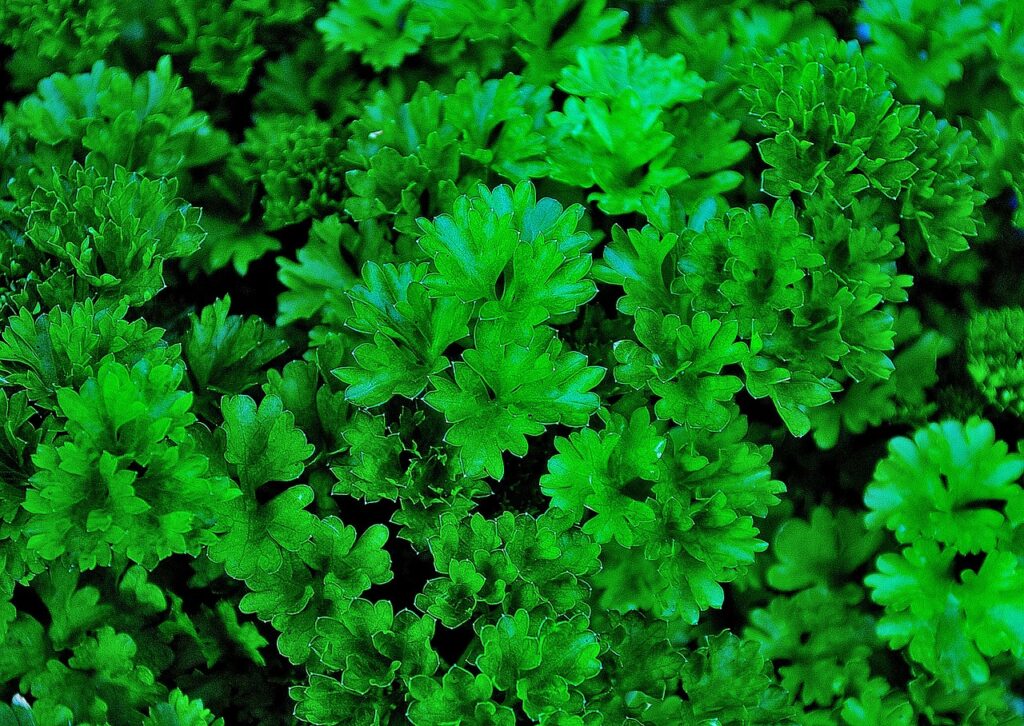
Garden maintenance in March
Whether it’s pruning, feeding, or general upkeep, March is the month to start your spring gardening and to set the stage for a vibrant and flourishing backyard.
Pruning
Shape your backyard for the season ahead by pruning your shrubs and trees. Start by finishing the pruning of rose shrubs and climbers early in the month, ensuring a more manageable garden in the coming summer. Cut back dogwoods and willow to encourage robust new growth. As alpines begin to flower, tidy them up by removing dead foliage and mulching with grit to prevent moisture on the leaves.
Feeding shrubs
This is the opportune moment to feed acid-loving shrubs, including rhododendrons, azaleas, camellias, and pieris, using an ericaceous fertiliser. With these shrubs gearing up for flowering and fresh growth, a well-timed feed in March will provide them with a nourishing boost.
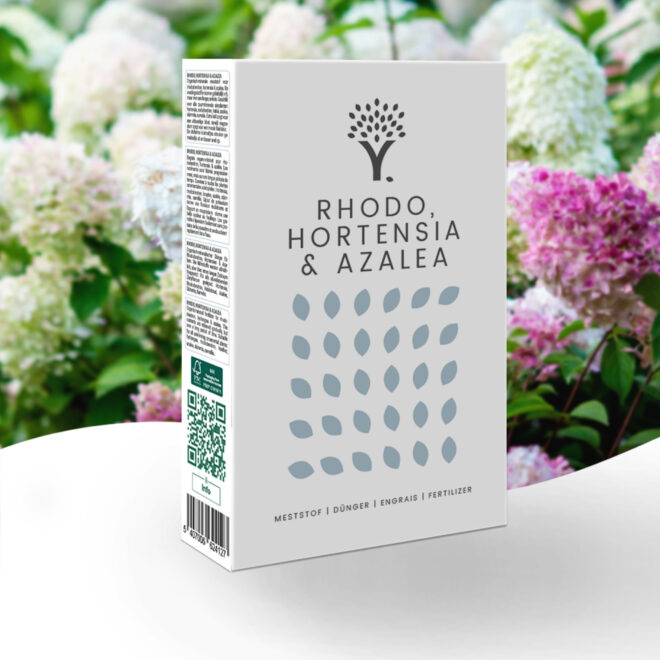
- Organic fertiliser
- Works for 120 days
- Slow absorption
Lawn care
Assess your lawn as temperatures rise, addressing soil acidity with Lawn Lime for pH balance. Once your grass begins growing, mow it to a minimum of 6 cm. Remove all clippings to avoid soil choking. Scarify actively growing lawns above 10°C for moss removal and enhanced recovery. Sprinkle iron sulphate before scarifying for optimal results, ensuring a vibrant, healthy lawn.
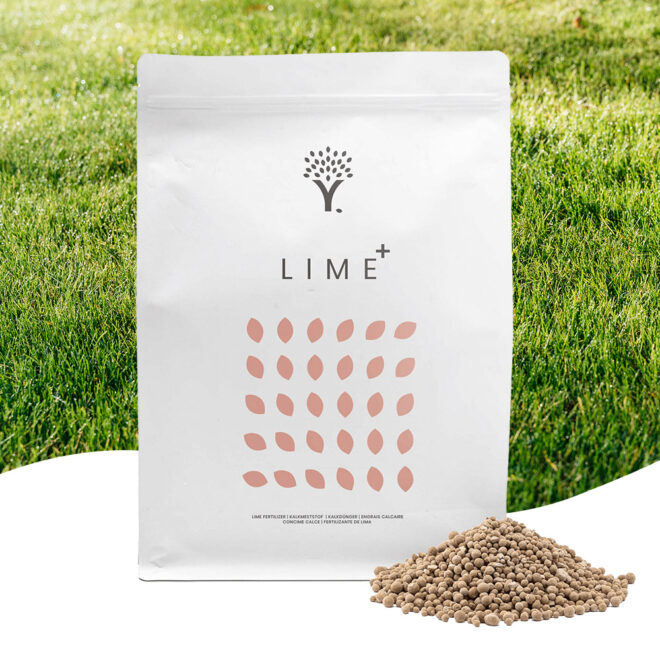
- Reduces soil acidity
- Promotes nutrient uptake
- Enriches soil composition
Bonus tips
For a well-groomed garden, tidy up borders by eliminating both established and newly-germinating weeds. Generously mulch the borders with nutrient-rich garden compost to promote healthy plant growth.
Additionally, be proactive in managing perennial weeds like ground elder by forking up emerging shoots and meticulously removing every bit of the root. This extra step in weed control contributes to a more robust and beautiful garden.
As you nurture your garden, protect new shoots of hostas and other vulnerable perennials by placing slug barrier products. Shielding these delicate plants ensures they thrive without succumbing to slug damage.
Ready to get started?
As March unfolds, MOOWY’s garden care guide equips you for a season of flourishing beauty. Implement these tips, and watch your garden thrive. For more expert insights and inspiration, you’ve come to the right place. Don’t hesitate to share your experiences or seek advice in the comments below.
Happy gardening!
-
Zero-Waste Gardening – This is How You Do It!Did you know that the average person wastes between 100 and 150 kilos of food every year? That's why the concept of zero-waste gardening is becoming increasingly important for environmentally conscious gardeners that like to do their gardening greener.Read more
-
How to Master Tree Pollarding: A Practical GuidePretty dense! What might be an insult to some, is certainly a compliment to trees. Through pollarding, you can make sure, your trees have a dense crown of beautiful leaves.Read more
-
Get Ready: Here are 5 Garden Trends for 2025Curious about the latest garden trends for 2025? From smart solutions to sustainable choices, discover all the outdoor trends that are transforming British gardens!Read more
-
How to Care for Plants in Winter: A Simple GuideWhen winter comes around, the care requirements of your plants change. Find out, how to adjust the care routine for your plants.Read more
-
Companion Planting Made Easy: A Step-by-Step TutorialStrategic plant partnerships can solve common gardening problems like pest invasion and disappointing yields. Find out which plants are great together in our companion planting guide.Read more
-
How to Grow Sweet Potatoes in Your GardenWant to know something splendid? A single sweet potato plant can produce 5 to 10 pounds (4.54 kg) of nutritious tubers—plenty to keep your family’s pantry well-stocked for weeks!Read more
-
Revive Your Lawn After Winter With These Easy StepsTired of winter lawn damage? Discover how to repair brown spots, remove weeds, and revitalise your grass for a thriving garden this spring.Read more
-
A Complete Guide On Lighting for Your House PlantsAchieve perfect lighting for houseplants! This guide covers light mapping, plant placement, and grow light tips to help your plants flourish indoors.Read more
Leave a comment
Your answer will be displayed on the site and the interested party will be notified by email.
Leave a comment
Have a question or want to share your experience? Leave us a comment.

- Order by 2PM = shipped today
- 250.000+ satisfied customers!
- 60 day satisfaction guarantee

- Order by 2PM = shipped today
- 250.000+ satisfied customers!
- 60 day satisfaction guarantee

🌱 All important maintenance moments for your lawn during the year. Leave your email and we will send you the lawn calendar for free.
Enter your email
Receive the lawn calendar in the mail
Enjoy a green lawn all year round!





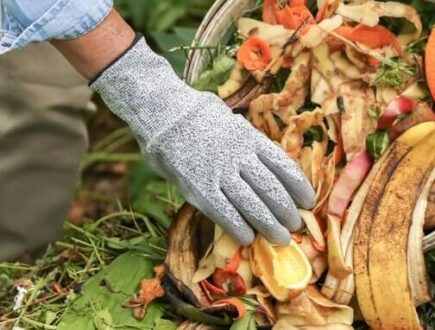
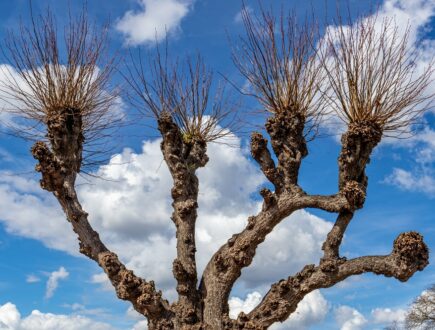
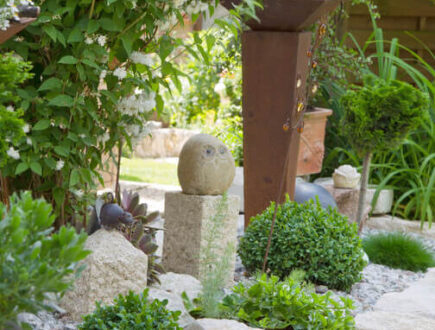
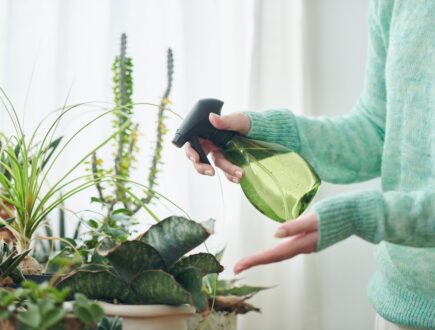
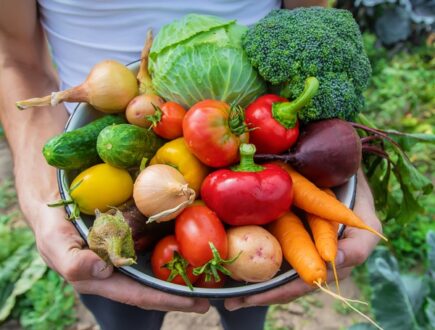

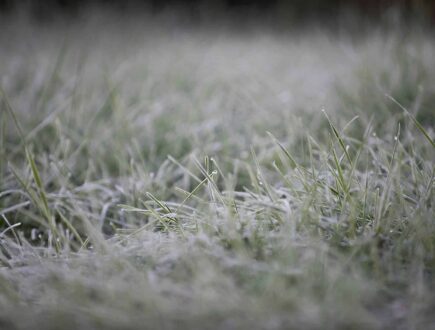










Comments (0)
There are no comments yet. Well then, what are you waiting for to
Be the first to write your comment!inaugurate this pretty page?
Do you have some comments?